Teaching “Mexican Repatriation”:
A 5th-grade teacher engages students in a unit on the forced deportation of 2 million Mexicans and Mexican Americans from the United States during the Great Depression.
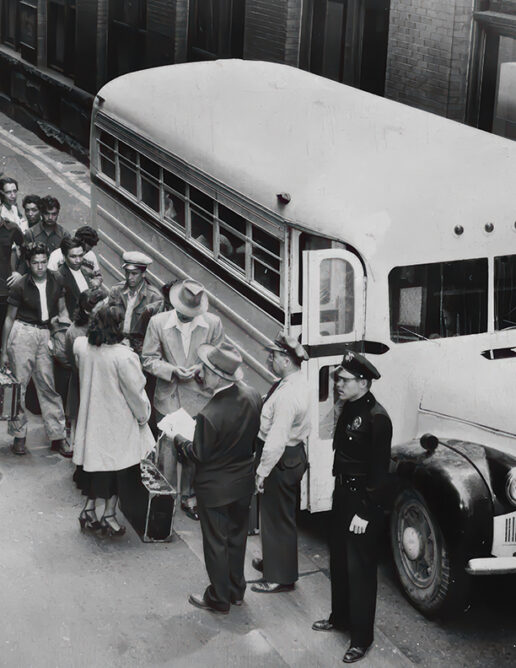
A 5th-grade teacher engages students in a unit on the forced deportation of 2 million Mexicans and Mexican Americans from the United States during the Great Depression.

A high school language arts teacher writes about the power of students interviewing family and friends to develop migration narratives.
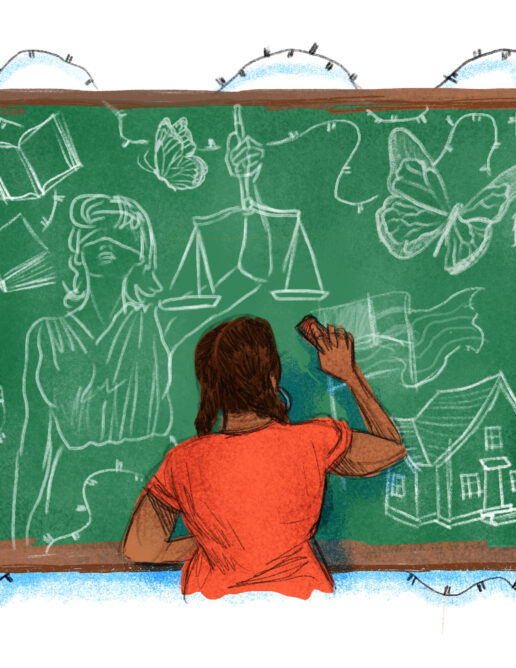
Two professors document the struggles of undocumented teachers and offer ways educators, schools, and policymakers can better support them.
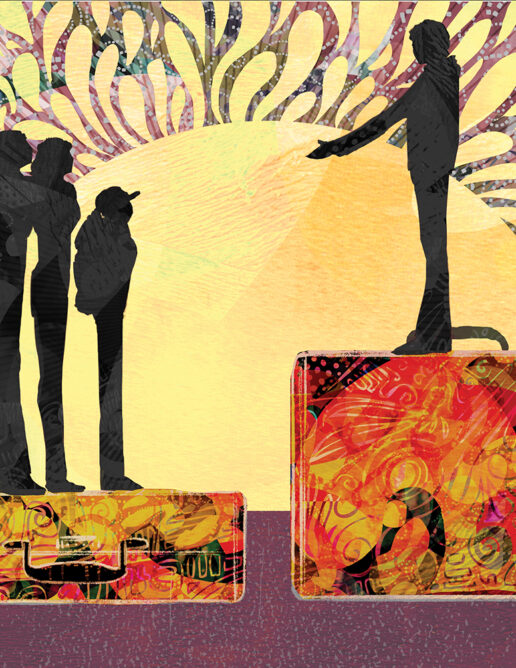
A 4th- and 5th-grade bilingual teacher details how the practice of home visits helped him connect with migrant students and families who were bused from Texas to New York.
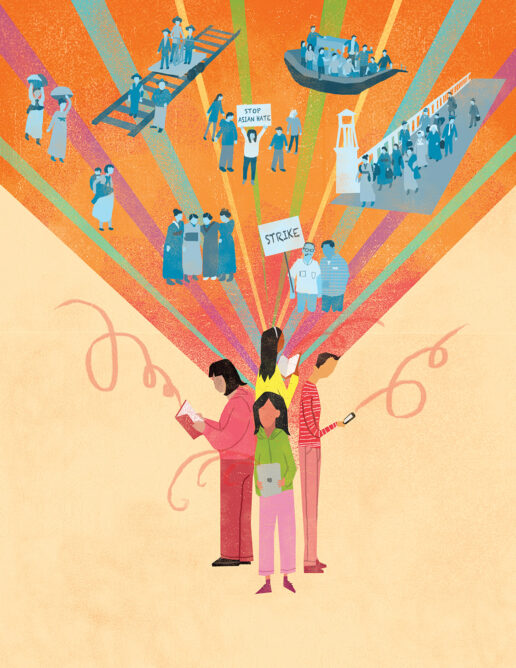
Four Asian American middle school students connect and grow during the pandemic through a virtual book club focused on Asian American history and literature.
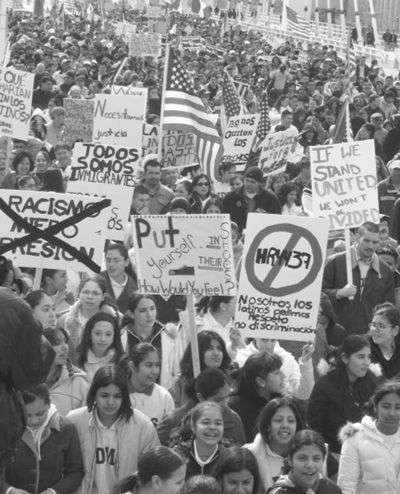
This content is restricted to subscribers
Fourth-grade English language learners use wikis to study border issues and gain literacy skills.
The Association of Raza Educators implores you: open your scholarships to all students of Hispanic descent regardless of citizenship.
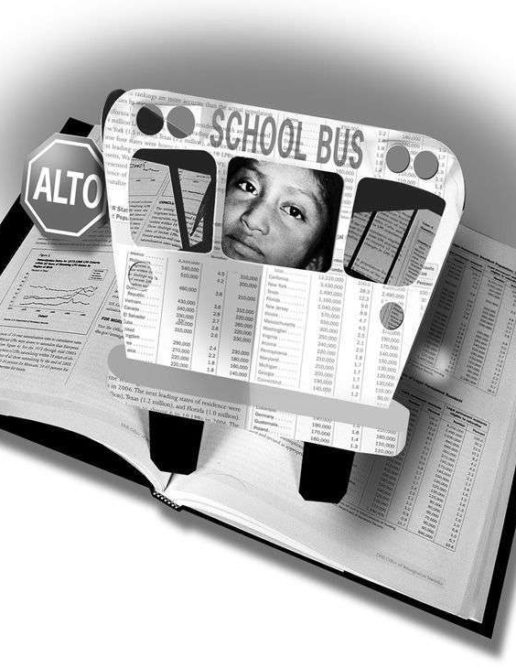
For those of us working with immigrant populations, we have in our students living examples that we can use to bring the immigration issue to the forefront and teach all of our students.
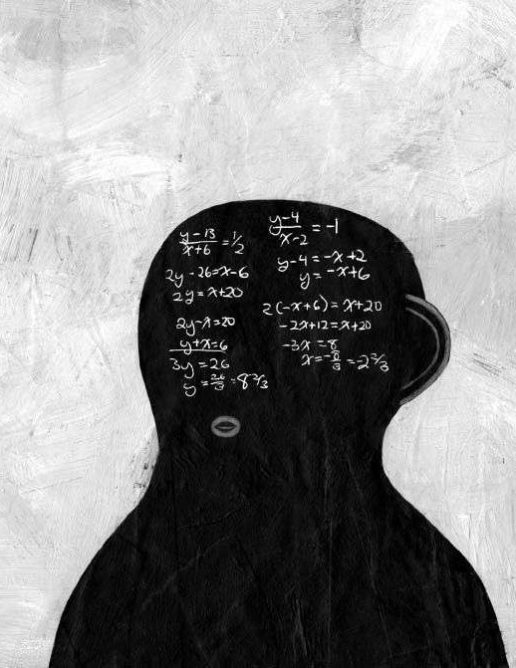
This content is restricted to subscribers
This content is restricted to subscribers
This content is restricted to subscribers

Students’ names are the first thing teachers know about the young people who enter our classrooms; they can signal country of origin, gender, language. Students’ names provide the first moment when a teacher can demonstrate their warmth and humanity, their commitment to seeing and welcoming students’ languages and cultures into the classroom.

The same mid-February weekend that Trump declared his manufactured emergency, I traveled to El Paso on behalf of the Massachusetts Teachers Association to take part in a “Teach-In for Freedom” organized by Teachers Against Child Detention. This event, among other demands, “called on the U.S. government to end the detention and criminalization of immigrant children and their families.”
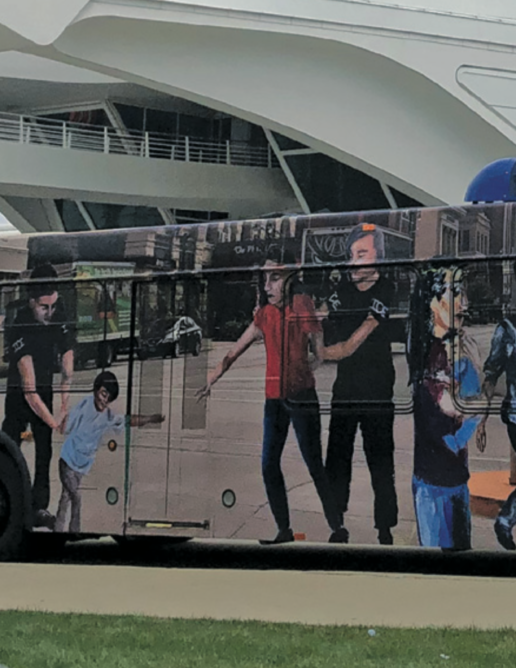
I worked with ArtXpress — a program for teens through the Milwaukee Art Museum — as an intern for three weeks over the summer. Our mission was to choose a […]

A teacher creates a welcome poems lesson to celebrate the diversity of students — and with students.
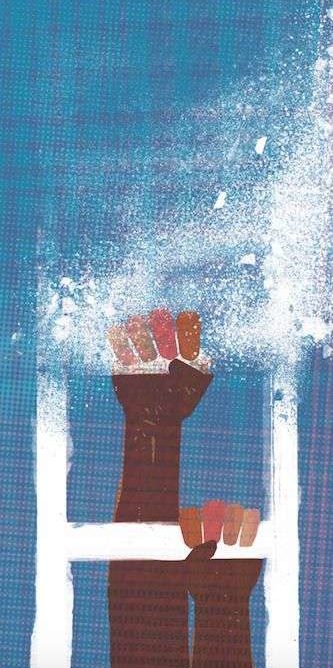
A teacher of color writes about obstacles he faced during his first year in the classroom and the support he received — and did not receive — from other teachers and administrators.
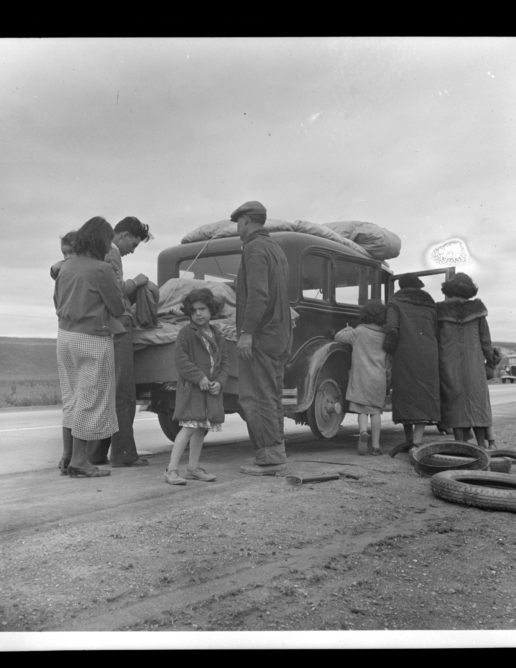
A social studies teacher describes the role play trial she developed around a largely forgotten period: when during the Great Depression the United States deported thousands of Mexican American families.
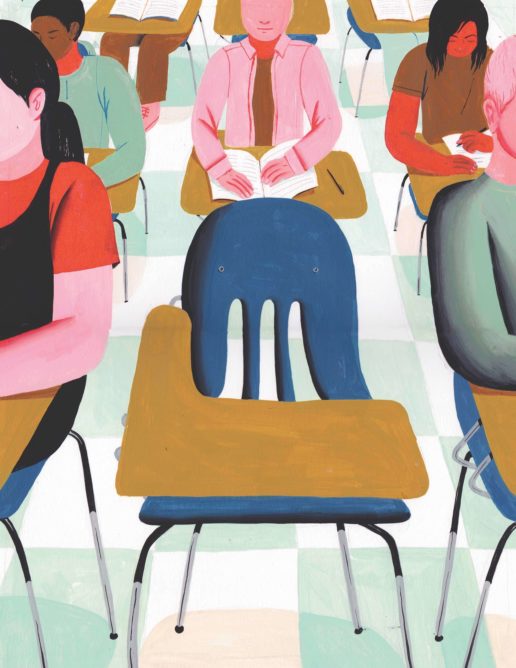
A high school teacher explores how the dynamics of a classroom can change when a student leaves and what the effects can be on that student, the other students, and the teacher.
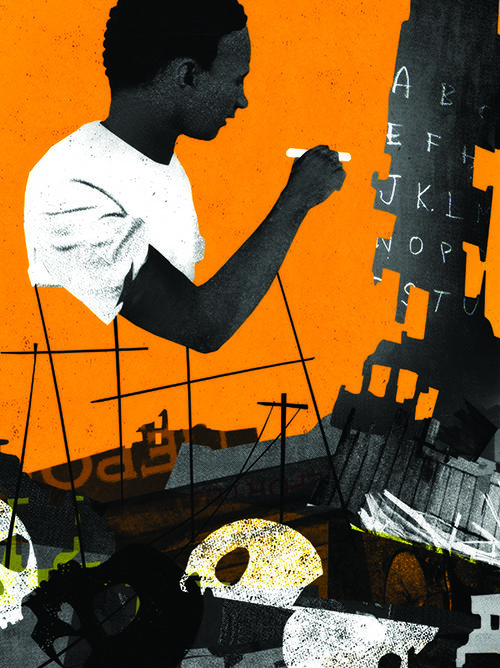
Immediately after an earthquake devastated Haiti in 2010, corporations swooped in to capitalize on the destruction and to privatize public enterprises. Hagopian explores how disaster capitalism hit the education system and what the effects were on students and families.

“Haiti is one of the poorest countries in the world.” That’s the only thing this Haitian American teacher remembers being taught in school about her family’s country of origin. She calls for a revolution in how educators teach Haiti.

A high school teacher uses the #MeToo movement and students’ own experiences with apologies to interrogate the government’s 1993 apology to Native Hawaiians for the 1893 overthrow of the Kingdom of Hawai’i.
How 4th-grade students in Southern California were helped by their teachers to develop curriculum surrounding the mass deportation of U.S. citizens of Mexican heritage in the 1930s and pass a law to investigate what happened.
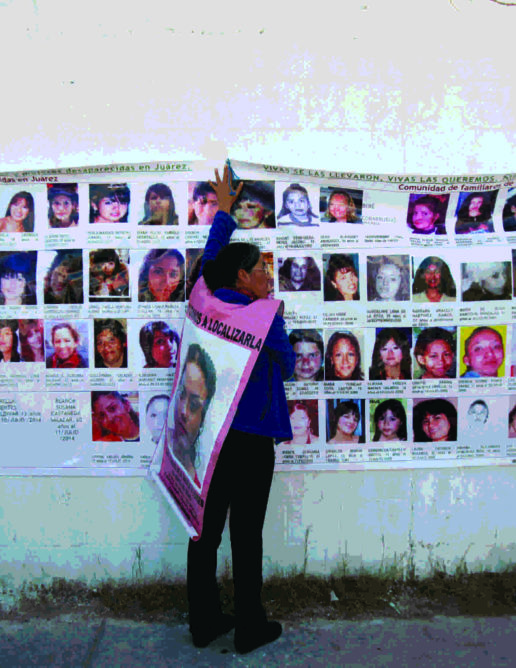
Since 1993, the Mexican border city of Ciudad Juárez has been shaken by disappearances of teenage girls and young women. Officials say they have few leads. The murders in Juárez have received some international attention, primarily due to government inaction. Yet little has been done by the government to prevent violence against women and girls, as officials neglect to bring their perpetrators to justice.
Residents do not let these deaths go unnoticed as hundreds of pink crosses — a symbol of these missing women — dot the border. An increase in these deaths coincided with the implementation of the North American Free Trade Agreement (NAFTA). A treaty between Mexico, the United States, and Canada, NAFTA sought to increase investment opportunities by eliminating tariffs and, like many other economic agreements, benefited the economic elites of the three countries while resulting in widespread unemployment, increased class stratification, and mass emigration. Most of the “disappeared” women work in assembly plants or maquiladoras, owned by the United States and transnational corporations that dashed to northern Mexico post-NAFTA to reap the benefits of lower wages and lax environmental regulation.

It has always been an educator’s responsibility to act in solidarity with vulnerable students. But with President Donald Trump’s September declaration that he will end DACA, we are called on to be more audacious, more resolute, and more imaginative in our solidarity with the 800,000 undocumented young people who now face a frightening uncertainty about their future in the United States.